I am trying to understand how LSTM RNNs work and how they can be implemented in Keras in order to be able to solve a binary classification problem. My code and the dataset i use are visible below. When i compilr the code i get an error TypeError: __init__() got multiple values for keyword argument 'input_dim', Can anybody help?
from keras.models import Sequential
from keras.layers import LSTM
from keras.layers.embeddings import Embedding
from keras.layers import Dense
from sklearn.cross_validation import train_test_split
import numpy
from sklearn.preprocessing import StandardScaler # data normalization
seed = 7
numpy.random.seed(seed)
dataset = numpy.loadtxt("sorted output.csv", delimiter=",")
X = dataset[:,0:4]
scaler = StandardScaler(copy=True, with_mean=True, with_std=True ) #data normalization
X = scaler.fit_transform(X) #data normalization
Y = dataset[:4]
# split into 67% for train and 33% for test
X_train, X_test, y_train, y_test = train_test_split(X, Y, test_size=0.33, random_state=seed)
# create model
model = Sequential()
model.add(Embedding(12,input_dim=4,init='uniform',activation='relu'))
model.add(Dense(4, init='uniform', activation='relu'))
model.add(LSTM(100))
model.add(Dense(1, init='uniform', activation='sigmoid'))
# Compile model
model.compile(loss='binary_crossentropy', optimizer='adam', metrics=['accuracy'])
# Fit the model
model.fit(X_train, y_train, validation_data=(X_test,y_test), nb_epoch=150, batch_size=10)
